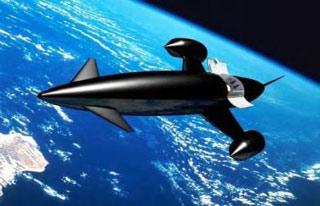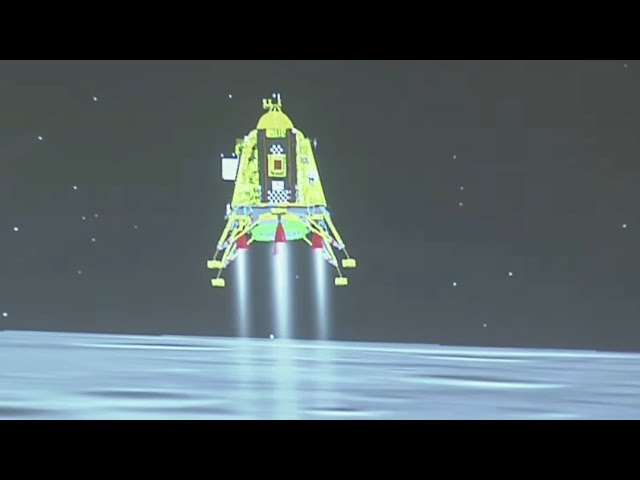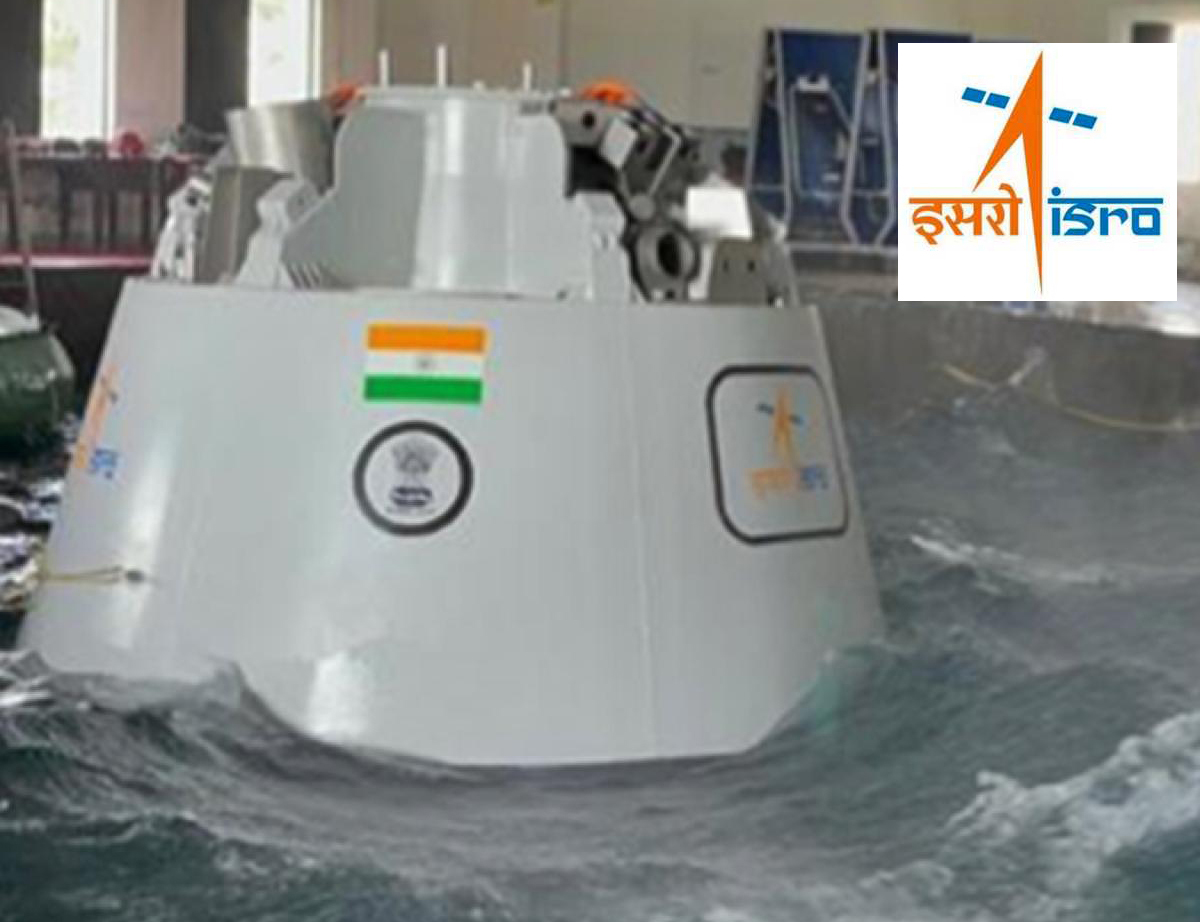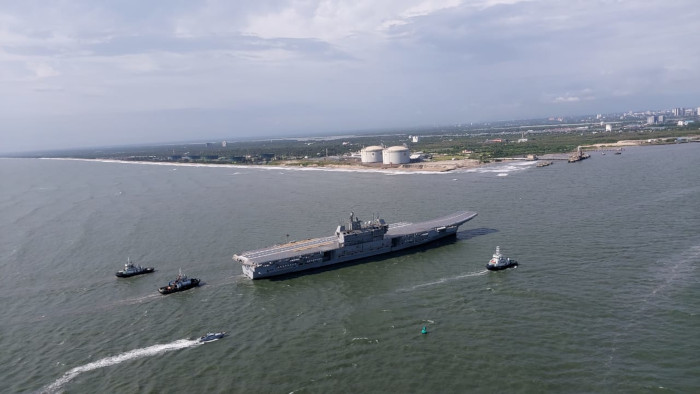
As man's space exploration ambitions are becoming insatiable, a demanding need has arisen to make space missions more affordable and reliable.
To date, space missions have been quite expensive undertakings – be it placing satellites in low-Earth orbit or sending astronauts to space or robotics for inter-planetary explorations.
According to estimates, US space agency NASA spent around 20 to 25 billion US dollars on its Apollo 11 Moon landing mission in 1969.
While executing manned missions is exorbitantly high, the cost of launching satellites also comes at a high price.
Hence, devising new ways and means for low-cost and reliable access to space has become the clear objective for all space-faring nations today.
Development of the Reusable Launch Vehicle (RLV) technology is a pioneering step in this direction. Such a launch vehicle, if developed successfully, will not only be a major technological breakthrough, but would also yield rich economic dividends for future space programmes.
A Reusable Launch Vehicle (RLV) refers to a vehicle that can be launched into space more than once. The vehicle can stay in orbit during its mission period and return to Earth after the mission’s completion. It can then be used to conduct subsequent space missions.
An RLV can be used either to launch payloads such as satellites (small/large) or it can ferry astronauts to space and bring them back.
The Reusable Launch Vehicle is different from an Expendable Launch Vehicle (ELV) system in the sense that it can be used for more than one space mission. An Expendable Launch Vehicle is capable of carrying payloads to space only once and its components cannot be recovered for reuse.
The space shuttles of NASA, presently used to ferry astronauts to space, are partially reusable launch vehicles. Each shuttle is reused after several months of refitting work for each launch.
Several countries, including US, Russia and India, are working on the concept of Reusable Launch Vehicle system. However, with several technological challenges involved, no major breakthrough has been achieved in this direction so far.
While designing an RLV, the key technological aspects to focus on could be its;
1. Composite, low-weight structure
2. A well-developed heat shield to protect the system from disintegration while re-entering Earth
3. Improved propulsion
4. Increased range
5. High payload carrying capacity
One of the conceptual designs for RLV is the single-stage-to-orbit (SSTO) vehicle. An SSTO reaches space orbit by using its propellants and fluids and does not abandon any hardware during its space journey to reduce weight.
However, as per rocket equation, an SSTO should be ultra light in its mass to achieve flight acceleration. Such a light structure in turn could make the vehicle very small which would mean low/small payload carrying capacity and hence, higher costs.
Another more reliable design structure for the RLV is the two-stage-to-orbit (TSTO) vehicle. In a two-stage-to-orbit (TSTO) launch vehicle, two distinct stages provide propulsion consecutively in order to achieve orbital velocity.
In the TSTO launch system, two independent vehicles operate. While the first stage vehicle can return to the launch site for re-use, the second stage can return after flying one or more orbits and re-entering.
This is usually proposed to be done by flying a compromise trajectory that keeps the first stage above or close to the launch site at all times, or by using small airbreathing engines to fly the vehicle back, or by recovering the first stage downrange and returning it some other way (often landing in the sea, and returning it by ship.)
The US’s effort for designing a fully operational Reusable Launch Vehicle is the development and testing of its X-37 space plane. The X-37 is a technology demonstration project that will test and validate technologies in the environment of space as well as test system performance of the vehicle during orbital flight, reentry and landing. Results from the X-37 will aid in the design and development of NASA’s Orbital Space Plane – designed to provide a crew rescue and crew transport capability to and from the International Space Station.
Indian space agency ISRO has conceived similar plans to design, develop and test a two-stage-to-orbit (TSTO) fully re-usable launch vehicle system. For this, a series of technology demonstration missions have been conceived.
Indian RLVs for low cost access to space
The Indian RLV has been conceived by ISRO as a space launch system that will significantly cut down launch cost from the present level of around $12,000 / kg. ISRO's RLV is a pure launcher. It is not designed to enter orbit.
The RLV will loft a satellite into orbit and immediately re-enter the atmosphere and glide back for a conventional landing. The RLV and the rocket booster will be recovered separately, with the former making a conventional landing on a runway and booster making a parachute landing.
ISRO’s RLV will possess wings and tail fins, and will be launched atop a 9 ton solid booster called S-9, similar to the ones on the PSLV. The space agency plans to achieve RLV capability in three phases - Re-entry Technology Development, RLV Runway Recovery, and Scramjet Power.
The RLV-TD prototype will look vaguely like a mini Space Shuttle, and will be used to carry out a series of experiments - HEX, LEX, REX, SPEX.
For HEX (Hypersonic Flight Experiment), the RLV-TD will be mounted on top of a rocket and launched beyond the atmosphere, after which the RLV-TD will separate and re-enter the atmosphere like the Space Shuttle, traveling through the hypersonic regime. This is to prove the aerobody, which will be ditched in the ocean at the end.
The next experiment LEX (Landing Experiment) will see an RLV-TD fitted with deployable landing gear and probably dropped from a larger aircraft, to prove the technology of autonomous landing.
The next experiment REX (Return Flight Experiment) would see RLV-TD fitted with small engines to take off horizontally like an aircraft and also then land again horizontally like an aircraft.
The final experiment SPEX (Scramjet Propulsion Experiment) will see RLV TD fitted with a hypersonic scramjet engine of waverider type underneath. It will take off and land like an aircraft as before, but in between it will accelerate to supersonic speed and activate its scramjet engines to accelerate hypersonically.
The eventual AVATAR TSTO vehicle will however look somewhat different than RLV-TD.
AVATAR (Aerobic Vehicle for hypersonic Aerospace Transportation) is a conceptual single-stage reusable rocket plane which is capable of horizontal launch and land SSTO Reusable launch vehicle being developed by India's Defense Research and Development Organization (DRDO) along with Indian Space Research Organization (ISRO) and other research institutions, which can be used for cheaper military and civilian satellite launches.
When operational, it is planned to be capable of delivering a payload weighing up to 1000 kg to low earth orbit. The hyperplane will takeoff from conventional airfields, collect air in the atmosphere on the way up, liquefy it, separate oxygen and store it on board for subsequent flight beyond the atmosphere.
It is planned to be the size of a MiG-25 fighter and would be capable of delivering a 500 kg to 1000 kg payload to low earth orbit at very cheap rate for an estimated vehicle life of 100 launches.
Avatar is proposed to weighing only 25 tonnes in which 60 per cent of mass will be liquid hydrogen fuel. The oxygen required by the vehicle for combustion is collected from the atmosphere, thus reducing the need to carry oxygen during launch. Avatar is said to be capable of entering into a 100-km orbit in a single stage and launching satellites weighing up to one tonne.
Currently DRDO plans to build and fly a scaled down version of Avatar, weighing just 3 tonnes at take off. AVATAR design has already been patented in India and applications for registration of the design have been filed in patent offices in the United States, Germany, Russia and China.
Finally, in a nutshell, the successful development of the reusable launch vehicle system certainly promises to make future space missions more affordable and easy!
 Previous Article
Previous Article Next Article
Next Article













The Indian Air Force, in its flight trials evaluation report submitted before the Defence Ministry l..
view articleAn insight into the Medium Multi-Role Combat Aircraft competition...
view articleSky enthusiasts can now spot the International Space Station (ISS) commanded by Indian-American astr..
view article